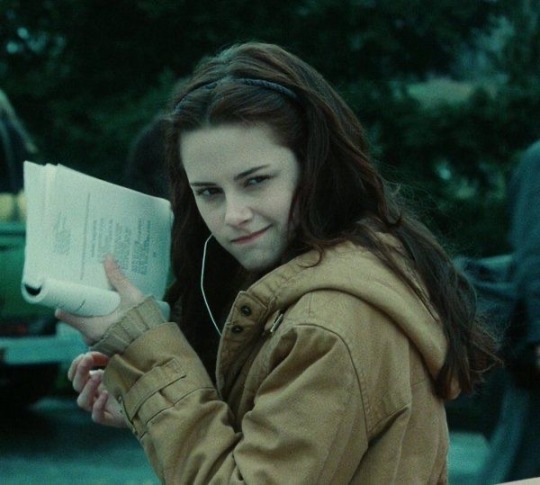When Stephanie Meyer's "Twilight" burst onto the literary scene in 2005, it ignited a fervent obsession among readers, propelling the saga into an international phenomenon. The subsequent film adaptation, released in 2008, and directed by Catherine Hardwicke, catapulted the love story of Bella Swan and Edward Cullen to even greater heights, reaching audiences far beyond the bookshelves. However, as with any adaptation, the transition from page to screen brought both faithful renditions and notable departures. Let's delve into the comparative analysis of Meyer's novel and its cinematic counterpart.
Narrative Depth vs. Visual Spectacle
One of the most significant differences between the book and the movie lies in the depth of the narrative. Meyer's novel offers a rich internal monologue, particularly from Bella's perspective, allowing readers to immerse themselves deeply in her thoughts and emotions. Through her introspections, readers gain insight into the complexities of her character and the world around her.
Conversely, the film, constrained by time limitations, sacrifices some of this internal depth for visual spectacle. While it captures the essence of the story, certain nuances and subtleties present in the book are necessarily streamlined or omitted. This streamlined narrative approach, while effective for the medium, may leave fans of the book longing for the intricacies they cherished.
Character Portrayals
Central to both the book and the movie are the characters of Bella Swan and Edward Cullen. Kristen Stewart and Robert Pattinson brought these characters to life on screen, embodying their essence with remarkable precision. Stewart's portrayal of Bella captures her vulnerability and strength, while Pattinson's brooding performance as Edward resonates with the character's conflicted nature.
Despite the faithful performances, some deviations from the source material are inevitable. Certain character traits and interactions may be condensed or altered to fit the cinematic format, leading to a slightly different interpretation of the characters. However, these changes, while noticeable to dedicated fans, do not detract significantly from the overall impact of the film.
Atmosphere and Aesthetic
One area where the film adaptation shines is in its creation of atmosphere and aesthetics. From the misty forests of the Pacific Northwest to the hauntingly beautiful town of Forks, the movie visually transports viewers into Meyer's supernatural world. The cinematography, coupled with an evocative soundtrack, enhances the emotional resonance of key moments, immersing audiences in the romance and danger that permeate the story.
While Meyer's prose adeptly sets the scene in the book, the film adds a visual dimension that brings the fictional universe to life in a captivating way. The lush cinematography and carefully crafted set designs contribute to the film's enduring appeal, making it a visually stunning adaptation of the source material.
Fan Reception and Cultural Impact
Both the book and the movie have left an indelible mark on popular culture, inspiring a devoted fanbase and sparking countless discussions and debates. While purists may argue over which version remains truer to the original vision, it's undeniable that both have played a significant role in shaping the Twilight phenomenon.
Ultimately, whether one prefers the immersive experience of the book or the cinematic spectacle of the movie is a matter of personal preference. Each offers its own unique interpretation of Meyer's story, inviting readers and viewers alike to immerse themselves in the timeless tale of love, sacrifice, and the eternal struggle between light and darkness.




No comments:
Post a Comment